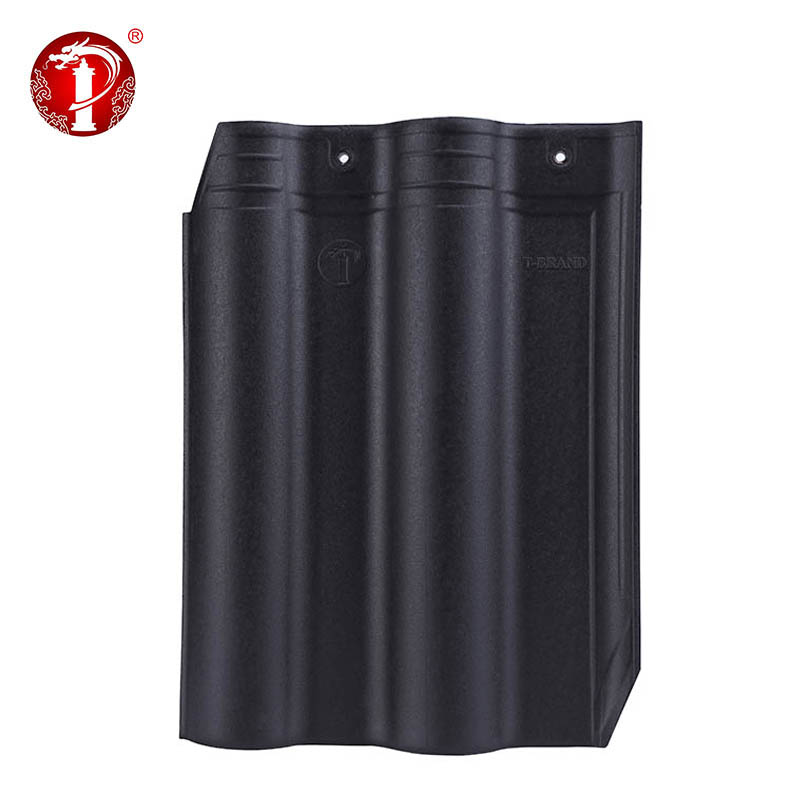Harnessing Efficiency: Glazed Ceramic Roof Tiles and Energy Conservation
2024-03-07
In the quest for sustainable building practices, energy efficiency stands as a cornerstone for reducing environmental impact and cutting utility costs. Amidst this pursuit, glazed ceramic roof tiles emerge as a silent champion, offering more than just protection from the elements. In this blog post, we'll explore how glazed ceramic roof tiles contribute to the energy efficiency of a building and why they're an indispensable asset for eco-conscious homeowners and builders.
1. Insulation and Thermal Mass:
Glazed ceramic roof tiles possess inherent insulating properties that help regulate indoor temperatures. Their dense composition acts as a barrier against heat transfer, preventing excessive heat gain during hot summer months and retaining warmth during colder seasons. Additionally, the thermal mass of ceramic tiles allows them to absorb and store heat energy during the day, releasing it gradually at night to maintain a comfortable interior climate.
2. Reflectivity and Solar Heat Gain Reduction:
The reflective surface of glazed ceramic roof tiles plays a crucial role in reducing solar heat gain. By bouncing sunlight away from the roof, ceramic tiles minimize the amount of heat absorbed by the building, thus lowering the demand for cooling systems and decreasing energy consumption. This reflective quality is particularly beneficial in warmer climates, where excessive heat buildup can strain air conditioning units and drive up energy bills.
3. Ventilation and Airflow:
Proper attic ventilation is essential for maintaining a healthy and energy-efficient indoor environment. Glazed ceramic roof tiles facilitate natural airflow by allowing hot air to escape from the attic, preventing it from becoming trapped and causing heat buildup. This passive ventilation system helps reduce the need for mechanical cooling and improves overall energy efficiency by promoting natural cooling and ventilation cycles.
4. Longevity and Lifecycle Savings:
The durability and longevity of glazed ceramic roof tiles contribute to long-term energy savings. Unlike some roofing materials that may deteriorate over time, ceramic tiles can withstand the rigors of weather and environmental exposure, maintaining their energy-efficient properties for decades. This longevity translates to reduced maintenance costs and fewer replacements, further enhancing the economic and environmental sustainability of the building.
5. Environmental Benefits:
In addition to their direct energy-saving benefits, glazed ceramic roof tiles offer environmental advantages that contribute to overall sustainability. Made from natural clay and minerals, ceramic tiles are eco-friendly and recyclable, minimizing their environmental footprint. By choosing glazed ceramic roof tiles, homeowners can reduce their reliance on energy-intensive roofing materials and contribute to the preservation of natural resources.
In conclusion, glazed ceramic roof tiles are a valuable asset for enhancing the energy efficiency of buildings. From their insulating properties and solar heat reflectivity to their promotion of natural ventilation and long-term lifecycle savings, ceramic tiles offer a holistic approach to energy conservation. By harnessing the efficiency of glazed ceramic roof tiles, homeowners and builders can create healthier, more sustainable living spaces while reducing their environmental impact and saving on energy costs in the long run.



